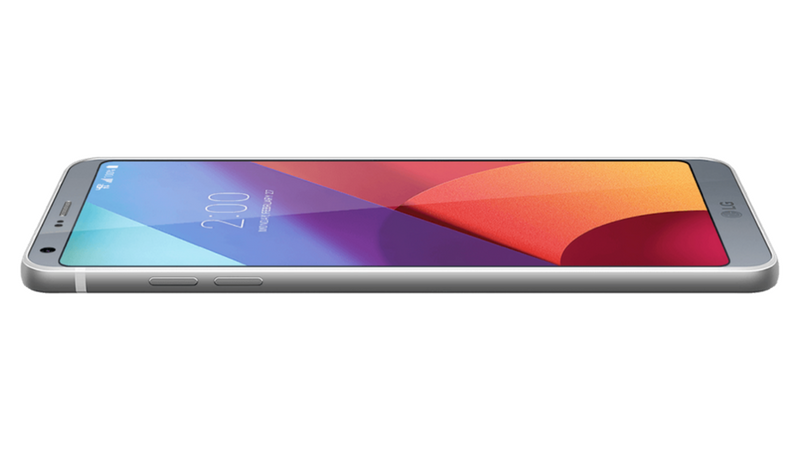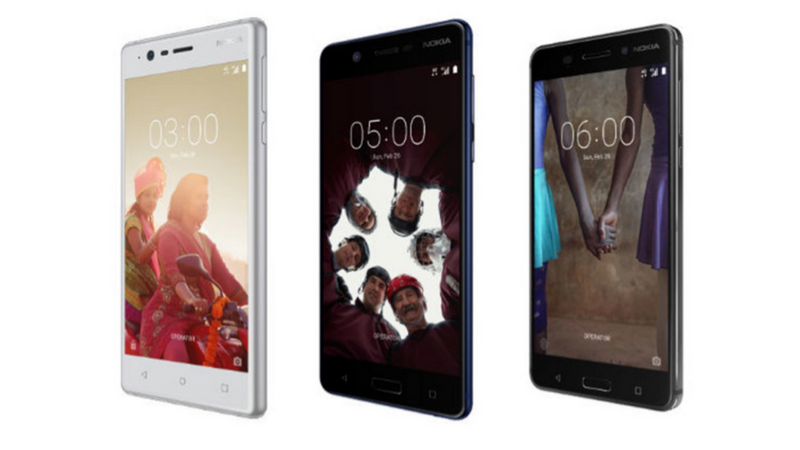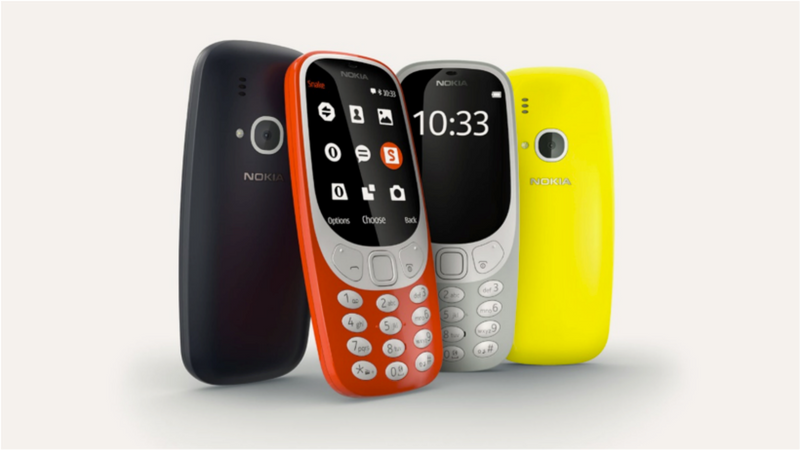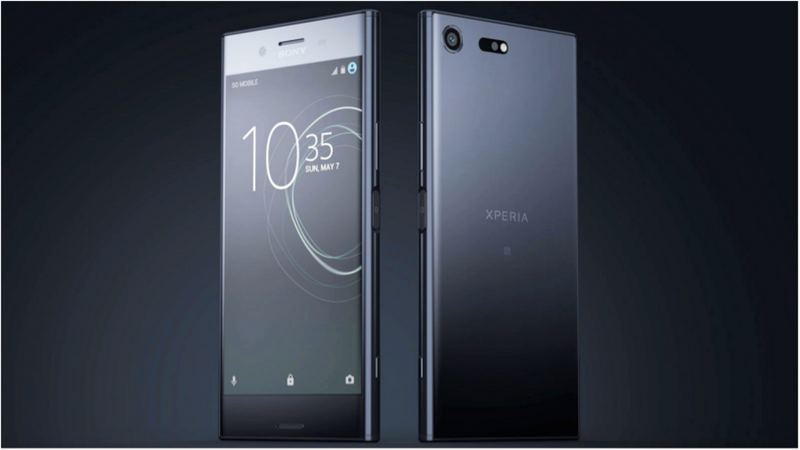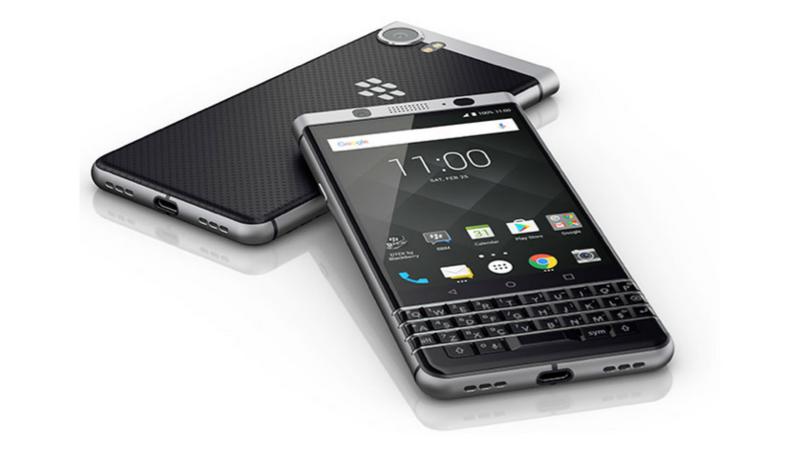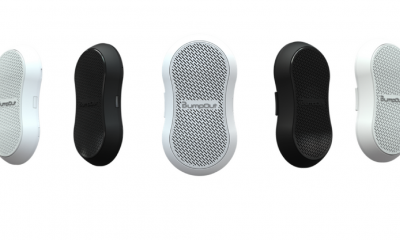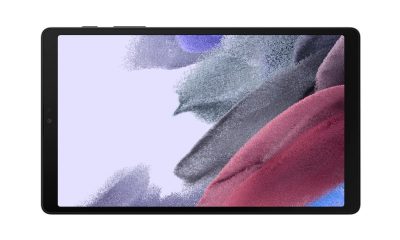Technology
Top Smartphones Of Mobile World Congress
Published
9 years agoon

While the Consumer Electronics Show generally features consumer tech from varying different areas such as connected cars, laptops, home appliances, wearables, and drones, Mobile World Congress (MWC) narrows its focus to smartphones, tablets, and all things mobile. Even so, Mobile World Congress is probably the second largest consumer technology trade show after CES. Many tech companies use this time to make major product announcements, usually smartphones. This year was no different as many high profile companies such as LG, Sony, and even Nokia revealed the future of their products. One of the bigger surprises was the lack of a Galaxy S8 announcement from Samsung. That reveal (which has already leaked) is scheduled for Samsung Unpacked event later this month. Here are the top 5 announcements of Mobile World Congress:
LG G6
While last year’s G5 was certainly a bold move for LG, their take on modular smartphones was nevertheless an unsuccessful one. Switching between modules was somewhat clunky and many reviewers lamented the questionable build quality and easily scratched paint job. Fortunately at Mobile World Congress, LG finally made the G6 official after months of rumors and speculation. This year seems to be a reset from last year and a return to form. From the outset, the most noticeable thing about the G6 is the big, beautiful 5.7” Quad HD screen dominating the front. The 18:9 ratio allows wider content viewing although videos may display black bars on the sides. The bezels are very minimal with an almost edge to edge screen (although not spilling over the edge like Samsung’s Galaxy S6/S7 Edge). It loses the modular features of the G5 and instead unibody design of glass and metal. The unibody design means that it loses the ability to remove the battery, however, that allows for waterproofing and wireless charging. For all of you spec junkies, it has a Snapdragon 821 CPU and Adreno 530 GPU. It has dual 13 megapixel wide angle cameras in the back. Finally, it comes with Android 7.0 Nougat with Google Assistant out of the box. While the G6 doesn’t necessarily have a neat party tricks like the G5, the laser focus on the basics makes this a very competent flagship phone.
Nokia
To call Microsoft’s purchase of Nokia’s smartphone business a disaster is an understatement. However, Nokia is poised to make a comeback with all new smartphones, now powered by Android instead of Windows 10 Mobile. This time, Nokia gave the licensing rights for the Nokia brand to HMD Global to manufacture and distribute the phones. What resulted is the Nokia 3, 5, and 6. A trio of low to mid range Android phones that might turn a few heads despite the lower specs. The biggest draw for these phones is the bone stock version of Android 7.1.1 Nougat that’s loaded on the phones. No carrier bloatware, no intrusive skins, no customizations at all. Just pure stock Android. The stock nature of the new Nokias mean faster performance and potentially faster updates. According to The Verge, HMD has about 500 carrier and retail partners but hasn’t committed to any U.S. carriers. HMD is probably trying to test the waters with mid range phones before making any high-end Nokia branded phones to compete with the likes of iPhone and Galaxy.
Nokia 3310
This isn’t a smartphone but “ain’t no school like the old school” as the saying goes. HMD is reviving the much loved and practically indestructible Nokia 3310. The new and improved 3310 sports a more rounded shape, various color choices, and has a bigger, colorful screen than the old phone. Make no mistake though, these are still basic phones that you can use to text (using T9 of course), call, take pictures, and yes…play a game of Snake. Those who want to indulge their nostalgia can pick these up for about $50.
Sony Xperia XZ Premium
Going back up the spectrum into the decidedly high-end is the Sony Xperia XZ Premium. Sony actually admitted that they lacked innovation in 2016. At Mobile World Congress, Sony is ticking every single box spec wise with the XZ Premium. It has the world’s first 5.5” 4K HDR screen. HDR is High Dynamic Range which basically allows for more vibrant colors. The effect is quite noticeable on HDTVs that have HDR enabled. Although the screen is 4K, because it uses LCD technology, it’s not suitable for VR since the response times in LCD are too low. In addition to that, the XZ Premium is packing Qualcomm’s latest Snapdragon 835 processor, 4GB of RAM, and 64GB of storage. It has a IP68 rating for dust and water resistance and comes preloaded with Android 7.1 Nougat. Also…can we talk the camera for a moment? It’s a 19-megapixel camera called the Motion Eye. This new camera module has fast memory baked right in and so allows slow motion photography at 960 frames per second at 720p resolution which is a first for smartphones. The camera also has laser auto focus, an infrared sensor, and an updated image sensor. On paper, this sounds like a fantastic camera but further tests from reviewers later this year will bear this out. On a slightly sour note for American buyers, it looks like the U.S. version of the XZ Premium will omit the fingerprint sensor. Regardless, Sony is packing the Xperia XZ Premium with a myriad of high end features and specs which should certainly help it compete in the high end smartphone market.
Blackberry KeyOne
BlackBerry’s last hurrah as an independent hardware manufacturer resulted in the BlackBerry Priv, an Android phone with some admittedly neat features but ultimately expensive and a little buggy. This year at Mobile World Congress, like Nokia, BlackBerry has left hardware duties to and third party manufacturer called TCL. Thus, TCL introduced the BlackBerry KeyOne which actually shows a lot of promise and might be a sleeper hit among Android users. Spec-wise, it’s decidedly mid-range with its Snapdragon 625 processor but it doesn’t have to be as it’s aimed primarily at the business market. It has a 4.5 inch screen with a built in hardware keyboard (it wouldn’t be a BlackBerry without it). That keyboard has quite a few tricks up it’s sleeve. The keyboard itself can be used as a trackpad. You can assign application shortcuts with just one key, for example, pressing the letter “f” to open Facebook. The space bar also acts as a very accurate fingerprint sensor. One of BlackBerry’s hallmarks is its focus on security. It’s launching with Android 7.1 Nougat and BlackBerry has promised to keep up with Google’s monthly security updates. The BlackBerry DTEK software is also onboard which monitors the phone’s status, security, and controls how much services are able to use the phone. The focus on security alone might be enough for a few security conscious users to switch to BlackBerry. While BlackBerry’s influence has been dramatically reduced in the wake of iPhone and Android devices, BlackBerry’s focus on security might help it at least keep a foothold in the government and commercial sectors.
You may like
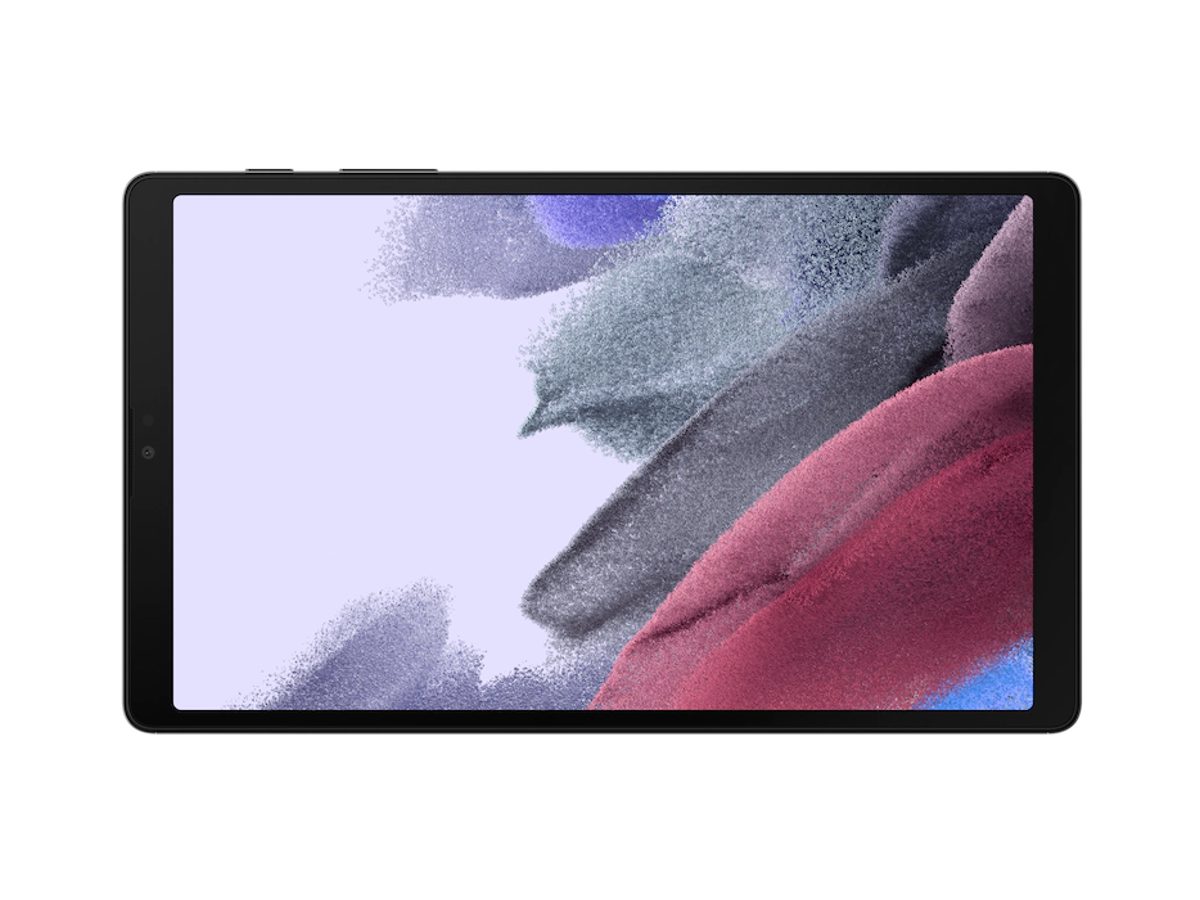
Tablets are the perfect travel accessory. There’s no need to lug a heavy laptop around and search for an outlet with longer battery life on most tablets compared to laptops. In addition, many tablets come equipped with multitasking capabilities so you can both work and play all day long. But which tablets reign supreme? Here are 2025’s top 10 tablets under 9 inches!
1. iPad Mini
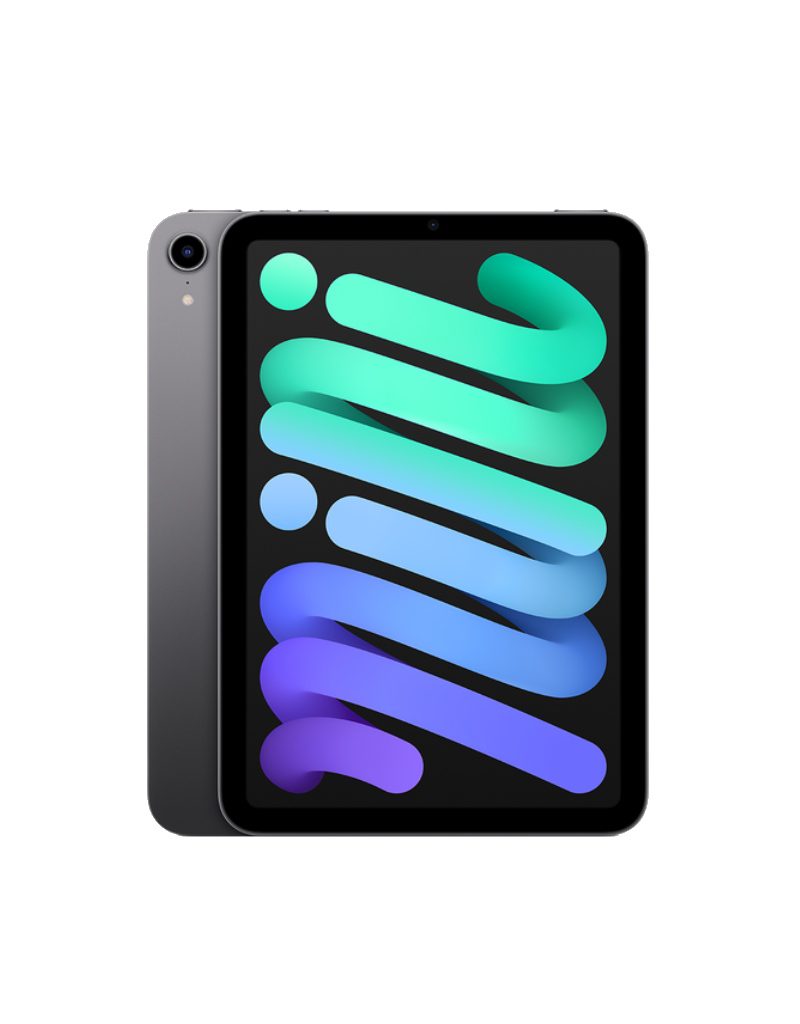
Size: 8.3”
Price: Starts at $499
The iPad Mini may be smaller than Apple’s other iPad products, but it packs a punch. It has all the features you can find in most iPad products and is light enough to bring anywhere. With the iPad mini, you can do everything like draw or illustrate, play games, and watch Apple TV without a hitch.
Despite its amazing features, jelly scrolling is one major drawback of using the iPad mini. What happens is that part of the screen doesn’t load yet, creating a jelly-like effect. Even so, the iPad mini is one of the best tablets out there.
2. Samsung Galaxy Tab Active3
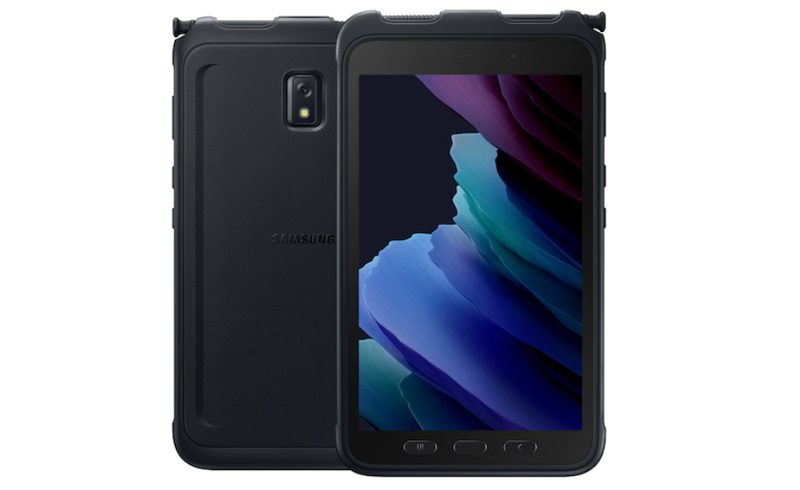
Size: 8”
Price: $569.22
If you love staying active and need a handy and rugged tablet to keep you company, the Samsung Galaxy Tab Active3 is one of the top 10 tablets of 2025. You can dock the Active3 tab on your bicycle or even use it for mountain climbing.
Plus, you don’t have to worry if you’re getting splashed with water during your rides or climbs since this is a water and dust-resistant tablet. Additionally, medical professionals can also use this to treat patients even without taking their gloves off. Some caveats many users find when using the Active3 are its outdated design and price.
3. Samsung Galaxy Tab A7 Lite
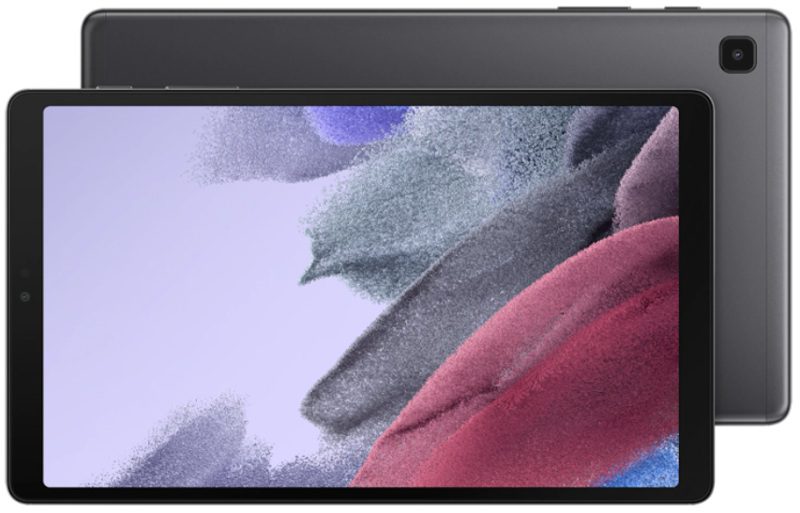
Size: 8.7”
Price: Starts at $159.99
Here’s another Samsung entry on this list of the top 10 tablets of 2025. This is an ideal tablet for families who love streaming their favorite shows and movies anywhere. Plus, if your family owns other Samsung devices, you can connect to the A7 Lite without any problems, making it seamless to use your apps. However, the A7 Lite isn’t the best at photos, and you might experience performance issues.
4. Lenovo Tab M8 HD
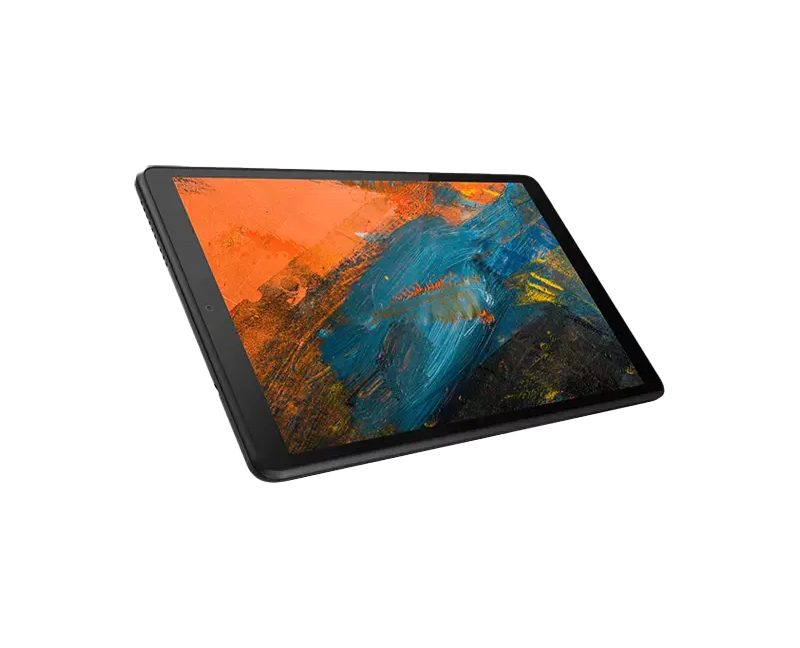
Size: 8”
Price: Starts at $89.99
Although released in 2019, the Lenovo Tab M8 HD is still one of the top tablets to use beyond its release date. The M8 HD is another great tablet for streaming and playing games because of its long battery life. It’s also engaging to use because of the display.
However, even with Dolby Audio, the Lenovo Tab M8 isn’t exactly the best at sound. Plus, the tablet can be a little slow at times.
5. Amazon Fire HD8
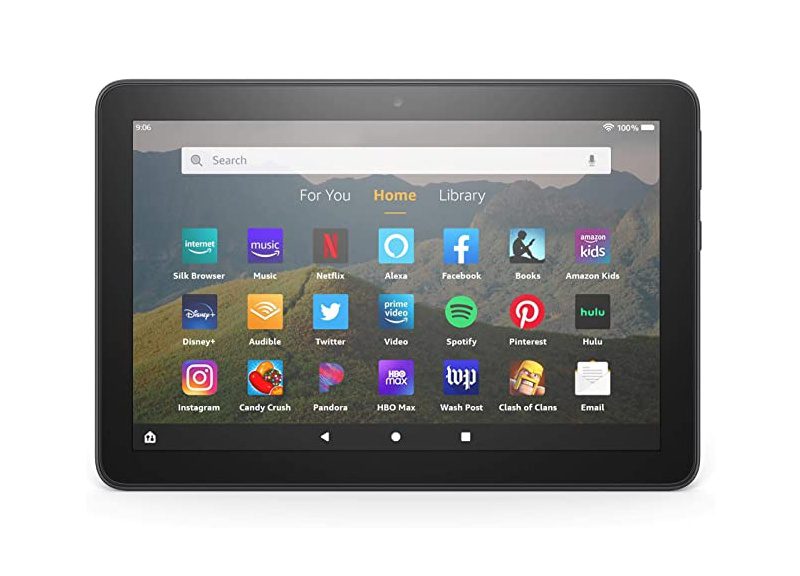
Size: 8”
Price: Starts at $89.99
Even if Amazon is releasing its newest Fire HD8 generation on Oct. 19, 2022, the Amazon Fire HD8 (2020) is still a worthy predecessor to use in 2025. The Fire HD8 lets you do everything from answering emails, reading your favorite eBooks, and streaming music, shows, and movies. Plus, if you own an Alexa device, you can use this tablet hands-free by connecting it to the smart assistant.
Although it holds a candle to some of the top tablets out there, the Amazon Fire HD8 can be slow, and users may not have access to many apps.
6. Vanquisher Ruggedized Tablet PC
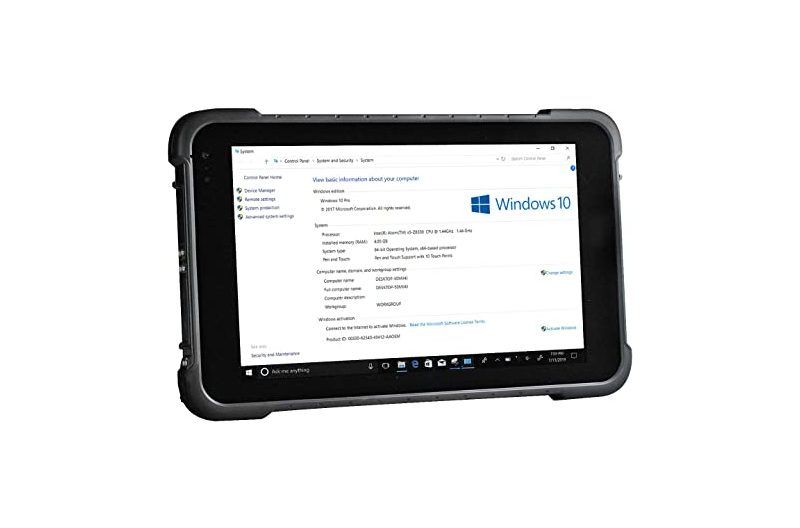
Size: 8”
Price: $519.99
If you’re a professional doing field work regularly and need a reliable tablet that can handle all the data you collect, the Vanquisher Ruggedized Tablet PC is ideal for you. In terms of performance, the Vanquisher is one of the most powerful tablets out there, considering its specs and capabilities.
Many choose the Vanquisher Tablet PC for field work because you won’t lose any data or progress even if you’re in an area with low cell service. And if you need to do location tracking or mapping, it also has a built-in GPS to guide you. And you don’t have to hold it all the time when you’re out in the field since you can mount it on a bracket.
It doesn’t have the best camera, but it’s still one of the top 10 tablets of 2025.
7. Coopers CP80
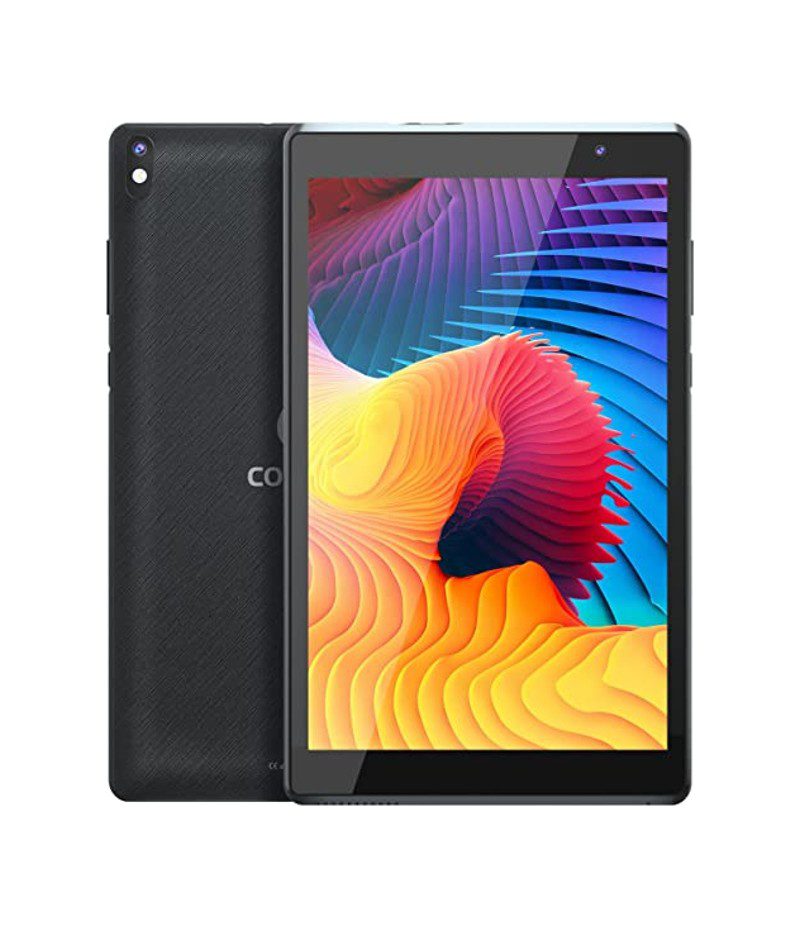
Size: 8”
Price: $49.99
Are you looking for a cheap tablet to use at home? The Coopers CP80 Tablet is your best bet. It’s great to use for simple tasks, such as reading and answering emails. Plus, if you have kids, the Coopers CP80 Tablet is a decent starter tablet for them, allowing them to use it for school work, games, and videos.
You do get what you pay when you buy this tablet. Unfortunately, battery life isn’t all that great since it drains very quickly.
8. Venturer Voyager
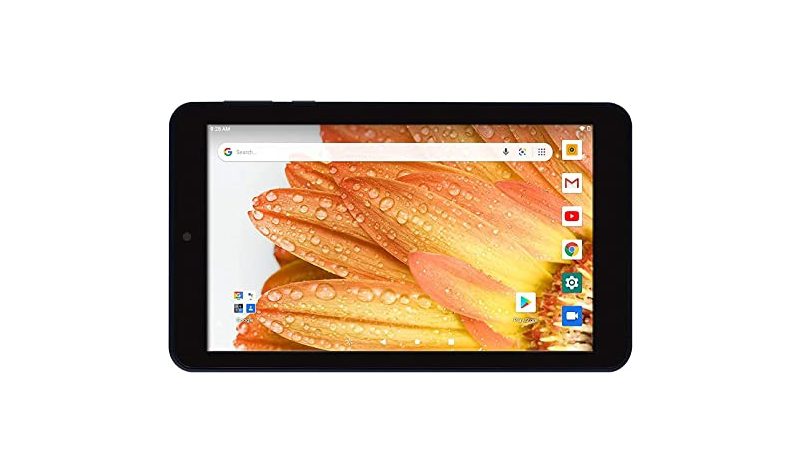
Size: 7”
Price: $49.99
Here’s another affordable tablet to use in 2025. The Venturer Voyager 7-inch tablet is great to use for reading. Once again, it’s a tablet that kids can use for school or stream their favorite videos on YouTube. It’s also decent enough to play some games. Plus, it’s also lightweight and small; you can bring it anywhere.
Similar to the Coopers CP80, the Venturer Voyager’s battery is quick to drain, considering that you can only use the tablet for a 5-hour use on a single charge.
9. Boox Nova

Size: 7.8”
Price: $319.99
If you want to use a tablet to read your favorite eBooks and take notes while doing so, the Boox Nova is the best tablet for you. It comes with a pen, and you can use that to write notes on your textbooks or eBooks and a to-do list for all your shopping needs or reading.
Since it’s an e-reader tablet, functionality is limited to reading and note-taking. Plus, some users have reported issues connecting to the Wi-Fi or overall functionality.
10. onn Tablet Pro
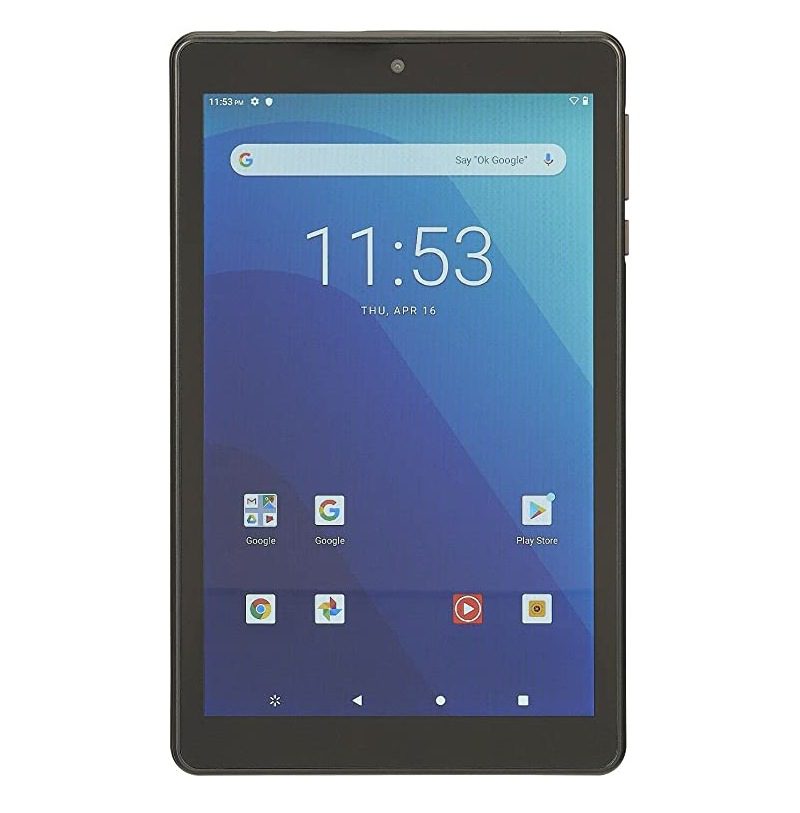
Size: 8”
Price: $99.99
The onn Tablet Pro is our last tablet on the list. Similar to the other higher-priced tablets for well-known brands, the onn tablet helps you with work or school. Plus, you can stream anytime and anywhere and even play games. Kids can have fun on this tablet, thanks to the Google Kids Space built-in to the tablet. You can let them enjoy their favorite videos and games without worry.
And like many tablets on this list, onn also suffers a battery problem because of charging issues.
Final Thoughts
Most mini tablets may seem low on performance, but the top 10 tablets up there show us that they’re giving their bigger counterparts or competitors a run for their money. Plus, some of these tablets here are decent enough for school or work, and you can bring them anywhere if you want to work or study outside. In addition, kids can definitely enjoy watching videos and playing games with smaller tablets. Overall, these top 10 tablets show us that smaller can be better.
Technology
Meta Quest 3 vs PlayStation VR2: Which to Buy in 2025?
Published
1 month agoon
October 2, 2025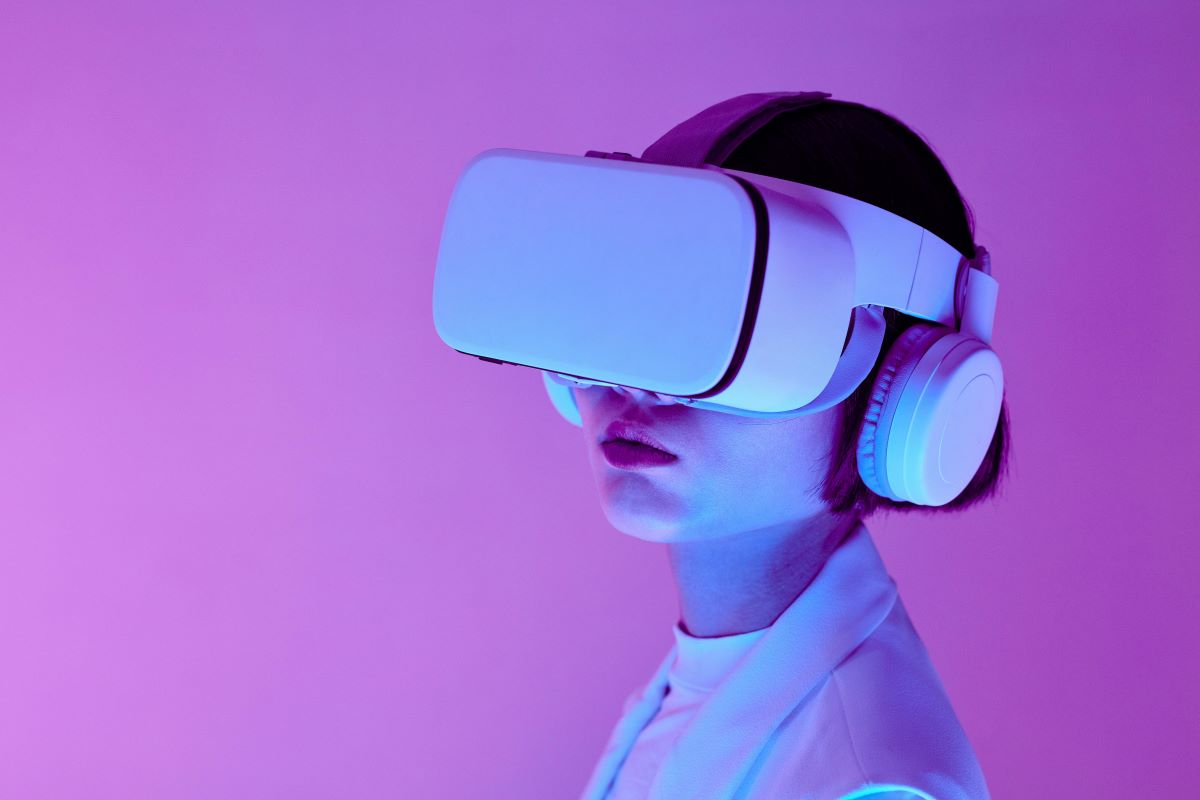
In just a few years, virtual reality has made significant strides. The release of Meta Quest 3 and PlayStation VR2 has sparked debates over which headset is the best. So, if you’re a casual gamer, a tech enthusiast, or just a fan of immersive entertainment, this article can help you choose between the two. Let’s break it down.
These two are regular placers on lists of the best headsets, thanks to their lower price. However, what makes these VR headsets great is that despite the lower price, they deliver high quality. If you’re looking for VR headsets that are less expensive, these two are excellent options. Here’s a head-to-head review of Meta Quest 3 vs PlayStation VR2:
Design and Setup
Meta Quest 3 comes from a long line of Meta’s standalone, wireless VR. You won’t need a PC or console to run this bad boy. It’s also totally portable, setting up in seconds and allowing you to jump straight into the game or mixed reality experiences. Its new Touch Plus controllers are designed to be more ergonomic, making hand tracking smoother than ever.

On the other hand, PlayStation VR2 is tethered to a PlayStation 5. This means you have to deal with a cable, which can be a small price to pay for more powerful visuals and deeper immersion. Its headset boasts impressive features, including eye tracking, haptic feedback, and adaptive triggers. This allows for the headset to feel like an extension of your body rather than a piece of technology.

Visuals and Performance
Both headsets offer impressive display quality:
- Meta Quest 3: has a resolution of 2064×2208 per eye, a 120Hz refresh rate, and a broader field of view than its predecessor.
- PSVR2: displays 2000×2040 per eye on an OLED panel, also featuring a 120Hz refresh rate and HDR support for richer colors and deeper blacks.
It’s clear that Quest 3 has slightly higher resolution, however, PSVR2’s OLED display and eye tracking make it more realistic and responsive.
Game Library
Focusing more on a strong lineup of standalone VR titles, Meta Quest 3 features Laser Matrix, BlackGate, and Tracked: Shoot to Survive. It also supports many of the classics from Quest 2, such as Beat Saber, Superhot VR, and Resident Evil 4 VR. You can find more at Meta’s store as it continues to grow, with mixed reality experiences thrown in.
PSVR2 is ideal for those into cinematic and console-quality games. It offers titles like Astro Bot, Horizon Call of the Mountain, Hitman 3, and Aces of Thunder that powerfully show what the hardware can do. If you’re already a PS5 gamer, you’ll find a smooth transition into VR gaming with familiar franchises and high-end polish.
Price and Value
- Meta Quest 3 prices start at around $500, with a budget-friendly Quest 3S model for $300.
- PSVR2 is priced at $399.99, but it requires a PlayStation 5, which can increase the overall cost.
So, if you’re starting from scratch, Quest 3 gives better value. However, if you already own a PS5, PSVR2 becomes the more appealing option.
Final Verdict
So, which VR headset should you go for in 2025?
– Go with Meta Quest 3 if you want to be free from wires. You’ll love its portability and enjoy a growing library of standalone and mixed reality games.
– Choose PlayStation VR2 if you love high-end visuals. Its console integration and immersive gameplay push the boundaries of what VR can do, which can be a strong deciding factor for some.
Both headsets are excellent in their own right. The only factor worth considering is the type of experience you’re seeking.

It’s a little surprising to most people that cloud-based software is behind most operations on the internet. Cloud services comprise a considerable component of the international information technology infrastructure as it provides means of Data Storage and Access.
Furthermore, it’s also a means to develop, grow, and maintain applications and databases on the world wide web. If you have a company, there needs to be some sort of central command point that stores your information and operates your requirements.
Essentially, a cloud-based application is defined by a program that manages the storage and housing of information. The following are typical examples of what cloud-based software includes:
- Storage, servers, and networking
- Possibility for developers to build, test and operate applications
- The ability for users to connect to web-based and mobile applications
Here are some cloud-based software examples you’ll want to check out.
1. Amazon Web Services
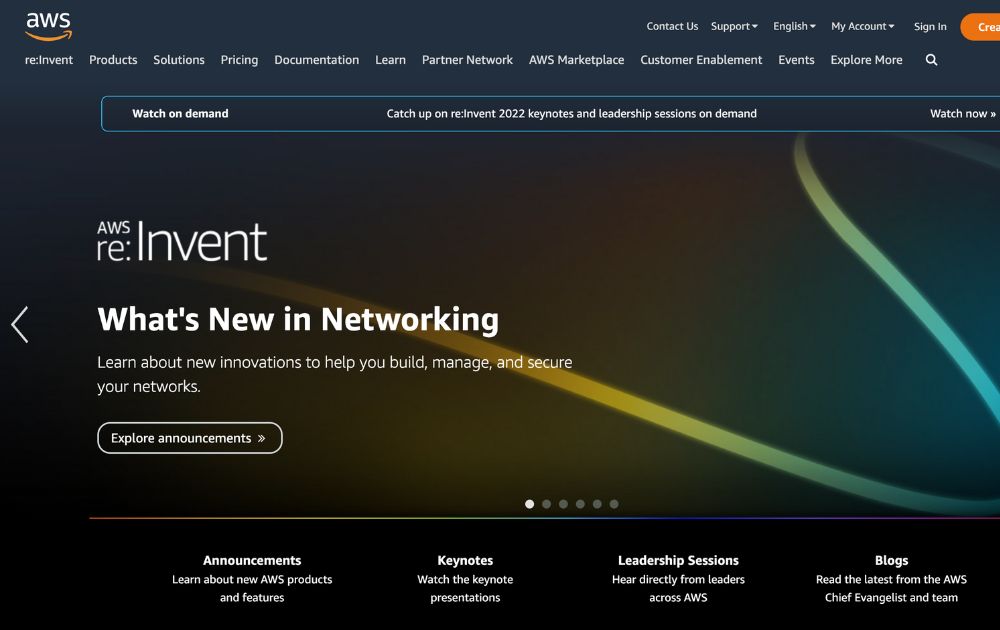
Amazon Web Services is one of the largest and best cloud computing services out there. It has a comprehensive set of computation, storage, and database solutions developers need for projects. Aside from these advantages, it’s also widely used – in fact, it’s currently available in 84 zones across 26 regions. Plus, it can be used on its own or connected to another cloud computing platform. AWS is free for all users.
2. Google Cloud Platform
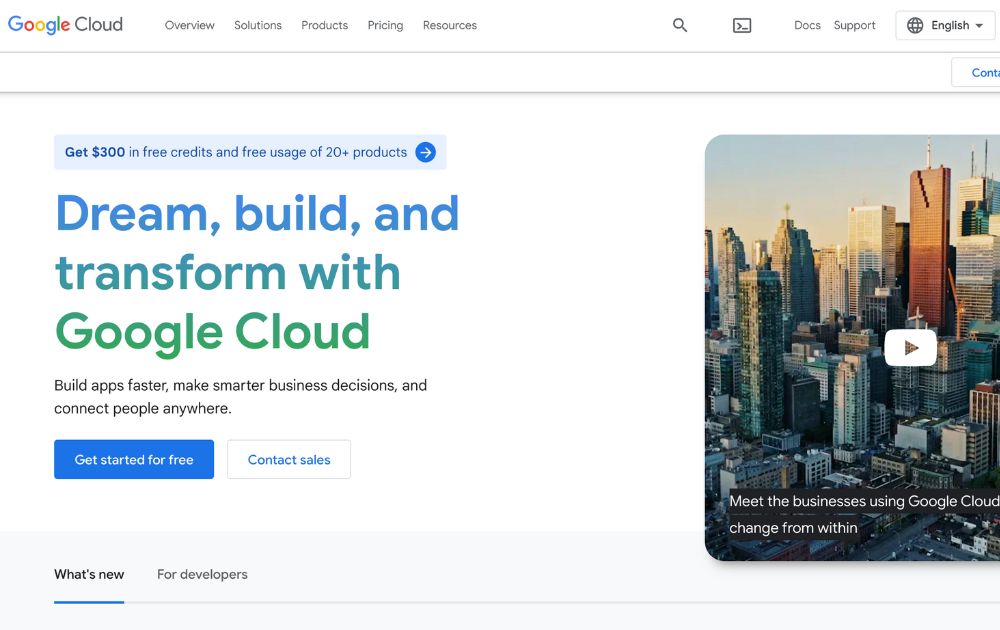
Meanwhile, Google Cloud Platform (GCP) is another public service provider you shouldn’t miss. The GCP is best for developers who want to scale their infrastructure at a quick pace. Aside from that, users can take advantage of the service’s AI, analytics, and data management capabilities. It uses virtual machines and hard disks at Google site centers to facilitate its operations. GCP has free trials for first-time users, but its primary payment method is pay-as-you-go.
3. IBM Cloud
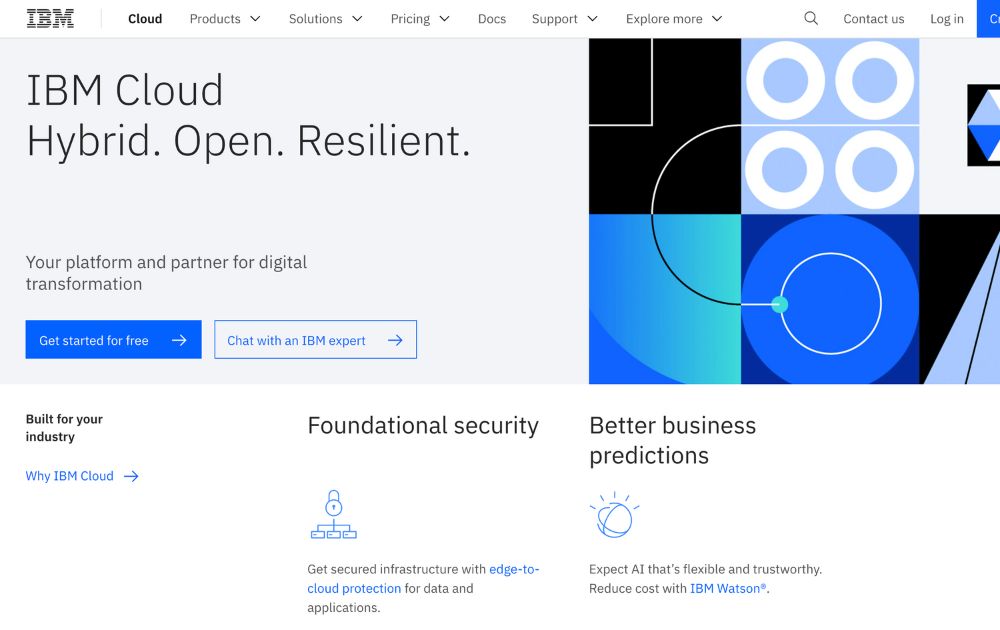
IBM Cloud is a highly customizable service that lets developers choose their preferred tools, data model, and delivery models. Developers can use it on its own, but it’s a service best used with other programs. Users prefer it over other services because of its high reliability, pre-installed security feature, and dual-stack IP capabilities. IBM Cloud is free to use.
4. Microsoft Azure
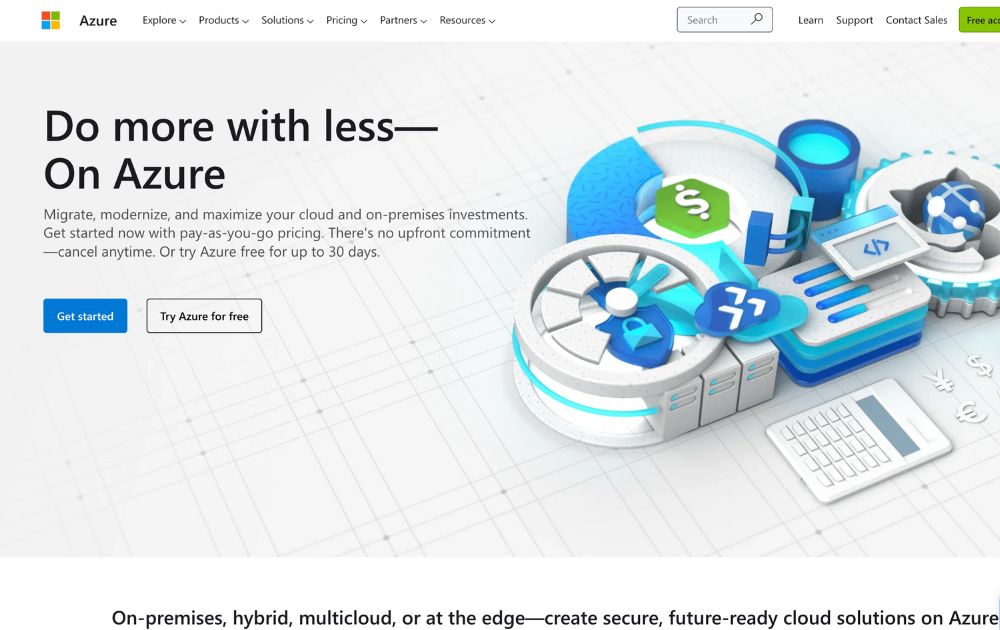
Microsoft Azure is one of the best cloud-based applications if you want a vast network across regions. It’s tailored for developers, and IT teams because of its flexible storage solutions, container and load balancing features, and other core cloud services. Plus, it supports various languages, tools, and operating systems. A free trial of Microsoft Azure will last you for 30 days, but their hourly rate starts at 2 cents per hour for 20GB.
5. Huawei Cloud
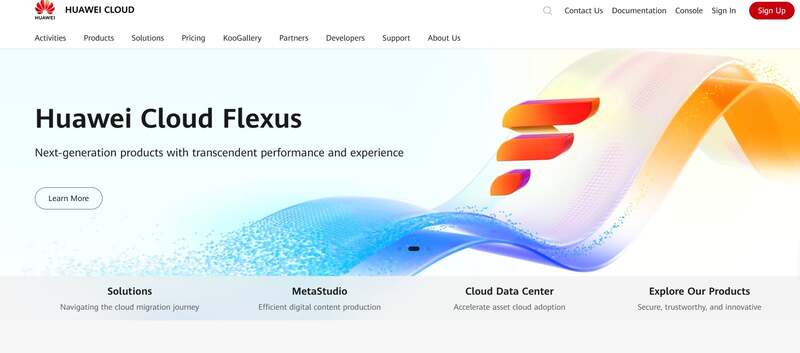
Huawei Cloud is a trusted global cloud service provider featuring robust and secure services to serve enterprises of any size. Computing, storage, and AI-based solutions boast extensive scalability and performance. Generally based out of Asia for extensive applications, Huawei Cloud is rapidly expanding into global markets, becoming a leading competitor for adaptive enterprise cloud needs.
6. Oracle Cloud

On the other hand, Oracle Cloud also offers basic cloud services tailored to enterprises. It’s suitable for both companies and developers to connect and share their applications online. Like other platforms, it provides storage, network, and applications through its data centers. Like other platforms, Oracle Cloud has tough security and reliable networks to ensure your data’s safety. This option has subscription-based and integrated services for any kind of online business.
7. Alibaba Cloud
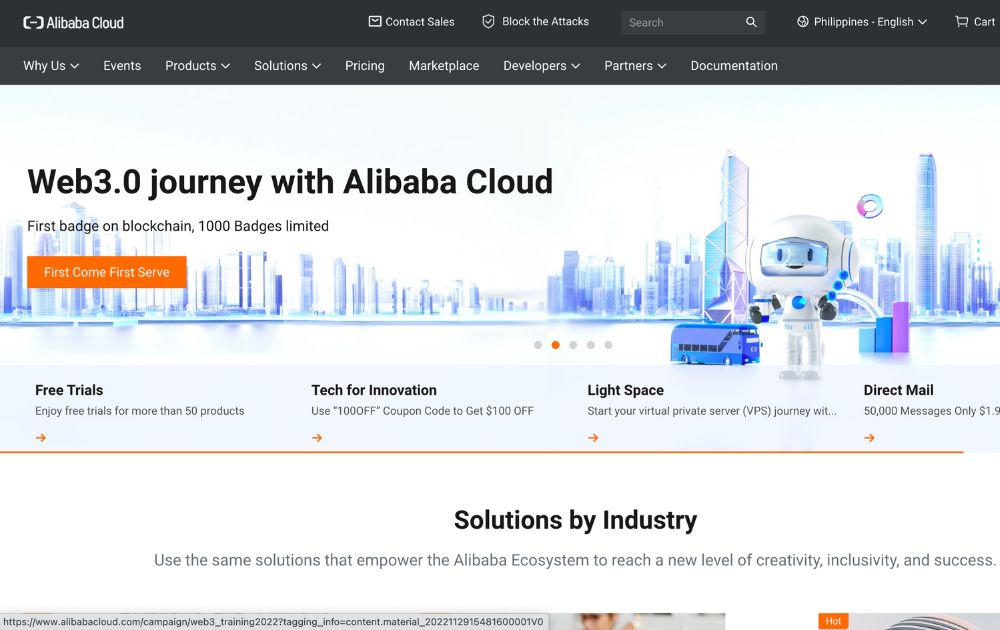
Alibaba Cloud is the leading cloud service provider in Asia and the Pacific, but huge in China. It has all the essential cloud computing services but includes elastic computing, machine learning, big data analytics, and a host of other features. Plus, it’s a scalable option that users can use by itself or with other networks. To date, it has 25 regional centers all over the world. The Alibaba Cloud is available as a pay-as-you-go service.
8. DigitalOcean
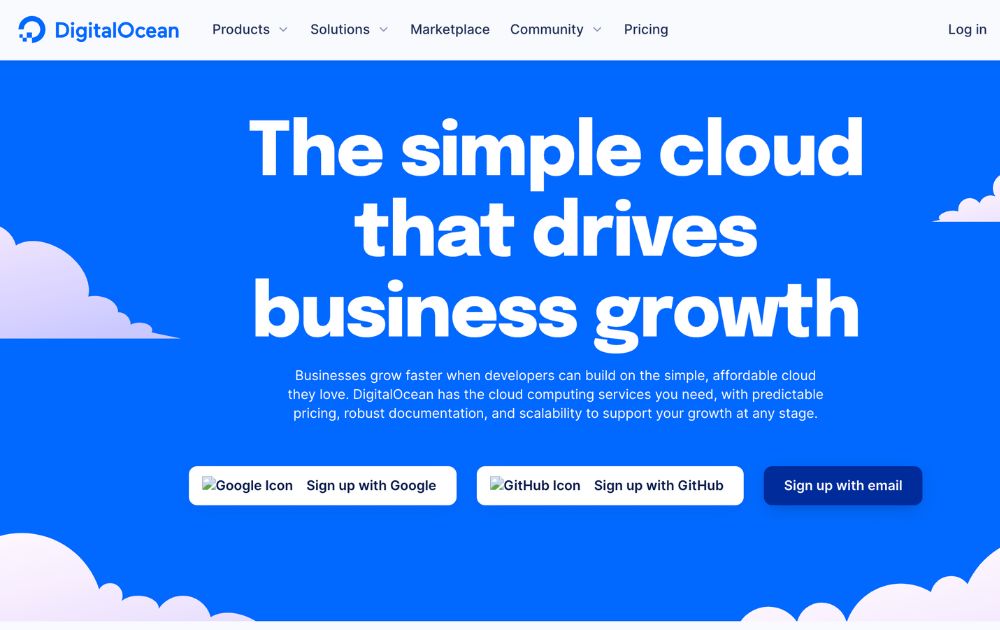
Meanwhile, if you’re looking for a simple option that’s better for small operations, DigitalOcean is for you. DigitalOcean focuses on IaaS and offers all the basic and core tools for only $6 a month. That said, it allows users to create VMs, deploy Kubernetes clusters, manage databases, and more. This option is one of the best for beginners for its friendly interface and cheap plans.
9. Tencent Cloud
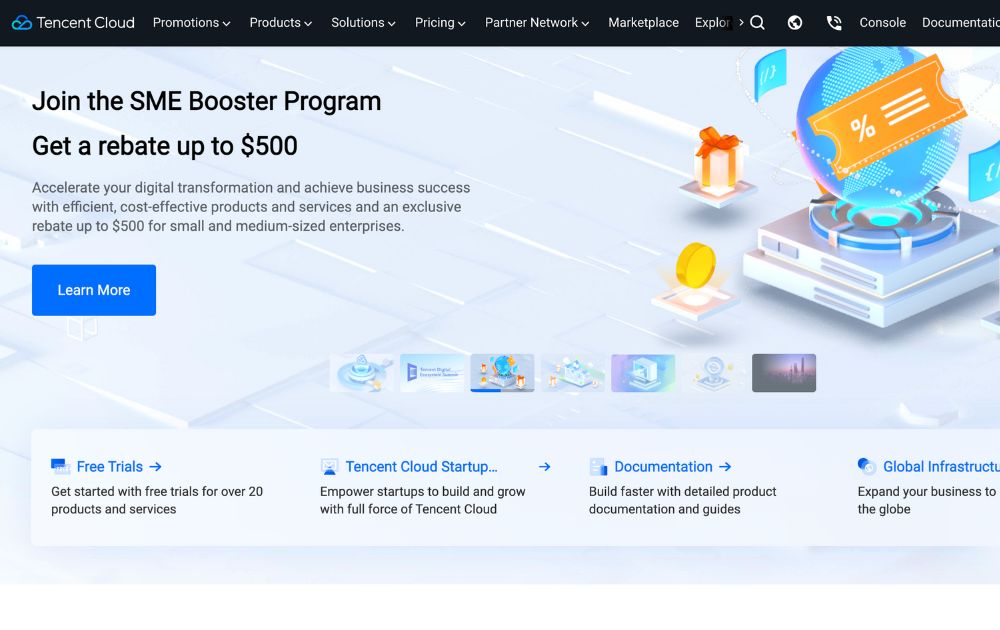
After Alibaba, China’s next largest service provider is Tencent Cloud. It’s a great option for storage, data migration, and analysis. In addition, it has powerful computation abilities with automatic scaling, CVMs, and auto-scaling. Plus, it also has scalable file storage and CDN. Apart from that, users can also get cloud storage and a strong security feature with this option. Tencent Cloud has over 500 locations all over the world.
10. Salesforce
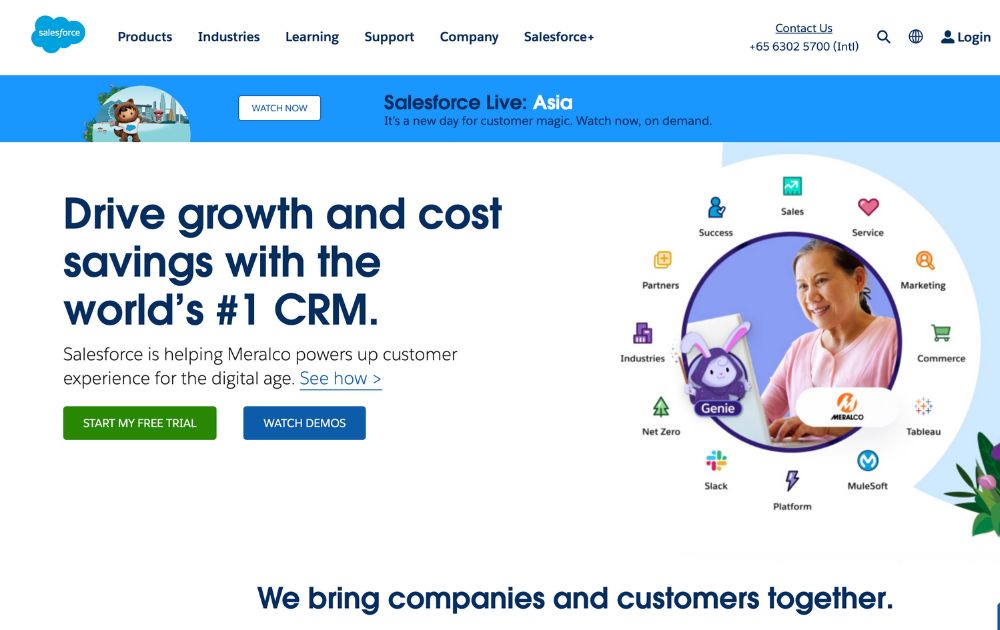
Meanwhile, Salesforce is one of the best cloud-based software solutions for businesses. It has CRM, sales, ERP, mobile apps, and more features. It’s best if you want customer support features to keep track of orders, manage clients, and track leads. You can also choose to add customer service data with records from other clouds. This option starts at $25 per month.
Factors to Consider When Choosing Cloud-Based Software
Need tips to find the best cloud-based software for you? You might want to take a look at these factors first.
First, check how payment works. Most platforms use a pay-per-use method, but others favor subscription-based plans. Next, you want to review their main services and whether they’re fit for your niche. For instance, developers and IT teams are better off with services like AWS and GCP. Salesforce, on the hand, is the best option for online shops and small teams.
You may also want to look at migration support and exit strategies. Some services have a vendor-lock rule that prevents you from moving to other services. Finally, pay some mind to their data management and security policies. You want to make sure your applications are secure and protected. In sum, do your dues and check for the reliability of the service you’re looking at. Check the cloud-based software advantages before making the jump to commit.

What’s the Best Merchandise Design Company?

Top 10 Tablets to Use in 2025

What’s the Best No Limit Creatives Alternatives?

What’s the Best Graphic Design Service for Startups

What’s the Best Graphic Design Service for Ecommerce Businesses?

What’s the Best Fiverr Alternatives?

What’s the Best Superside Alternatives today?

Top 10 Tablets to Use in 2025

What’s the Best Superside Alternatives today?

What are the Best Canva Alternatives for Designers and Marketers?

What’s the Best Fiverr Alternatives?

What’s the Best Graphic Design Service for Startups

What’s the Best Graphic Design Service for Ecommerce Businesses?


